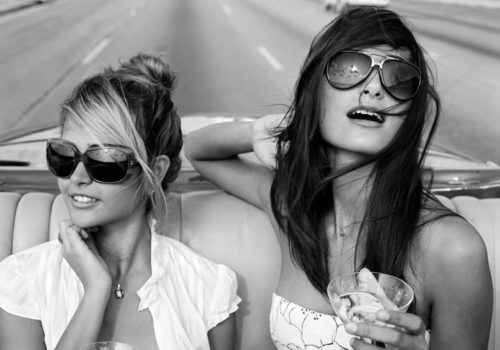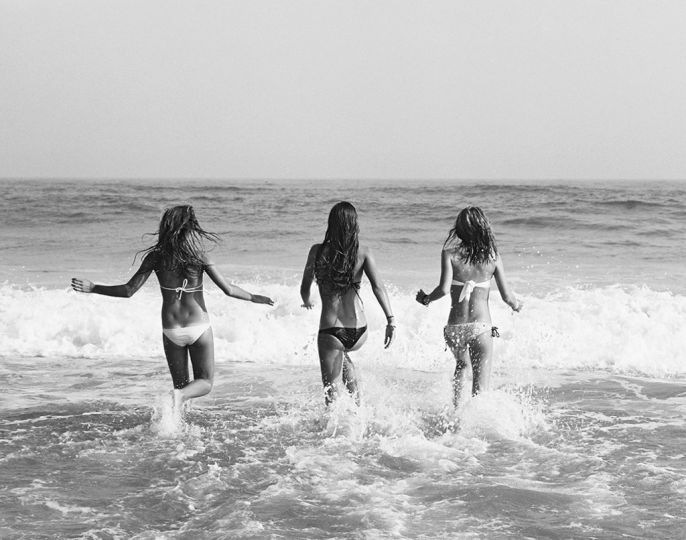Almost immediately upon his arrival in Cuba for the first time, American photographer Michael Dweck was swept up in a cultural bohemia reminiscent of 1930’s Paris salons. His unprecedented (and unrestricted) access to this hidden society of keenly observant artists, writers, musicians and glamorous models had never before been experienced by anyone in the West and is still not acknowledged within Cuba itself.
Dweck’s personal exploration of this creative class existing in a classless society, a compelling aspect of Cuba’s contradictory status in the world today, is the basis of his third published work Michael Dweck: Habana Libre (Damiani editore).
“Habana Libre is a story suggested, never told,” he explained. “Its subtext is an allegory of seduction, a ‘forbidden island’ that embodies a provocative mix of danger, tension, authority and mystery; teeming with an intoxicating air of sensuality and a rhythmic, almost hypnotic undercurrent.”
Dweck’s exhilarating, seductive black and white photographs along with a visual narrative and personal interviews by William Westbrook provide a glimpse into the secret lives of one closely guarded group of friends – the underground intelligentsia who will define the countryʼs post-Castro generation. Their every move is an elaborate dance of success and survival, a constant play of appearances, a tempting game of cat and mouse.
To gain entrée into this world is to be a member of several farandulas, small circles of friends intersecting like Olympic rings. Each ring an interest: music or fashion; cinema or art. Actual money is not always necessary for the above-average life. Social connection trumps politics, status, wealth and even race. Dweck’s subjects are an international, elegant, sophisticated and socially connected circle which includes Kelvis Ochoa, Musician; Rene Francisco, Painter; Yaday Ponce Toscano, Dancer; Rachel Valdez, Painter; Carlos Quintana, Painter; Leonardo Padura, Novelist; Francis de Rio, Musician. Also notable are the never before photographed or interviewed sons of Che Guevara and Fidel Castro.
They are sensual and warm, romantically intertwined with one another, moving easily in a tightly controlled society. They have cars and passports, and travel easily in a country where ordinary people can only dream of it. They are fashionable, though there are few stores and no magazines. They exude a sense of joy and hope, while clichéd press images of crumbling buildings, peeling paint and a struggling, unhappy people held back from progress persist. They are socialists who would be lost without capitalism to sell their creative wares in the world’s markets.
They are the pride and flesh of Cuba’s culture. With brush and shutter and clay and chord they put their conscience on record. Their art is their vision of the country. Michael Dweck: Habana Libre will be published by Damiani editore (Italy) and released in the U.S. in October, 2011 and internationally in November, 2011. A collector’s limited edition box set of Michael Dweck: Habana Libre, along with an 8×10 print both signed by the artist is also available.
The Michael Dweck: Habana Libre exhibition will open in San Francisco at the Modernism Gallery on September 8th. In February 2012, it will be shown in the Fototeca de Cuba Museum in Havana. The exhibition will also travel to Tokyo, Paris, Miami (Art Basel) and New York.
Habana Libre, Michael Dweck
On view until October 29
Modernism Inc.
685 Market Street, Suite 290
San Francisco, CA 94105
415-541-0425

















